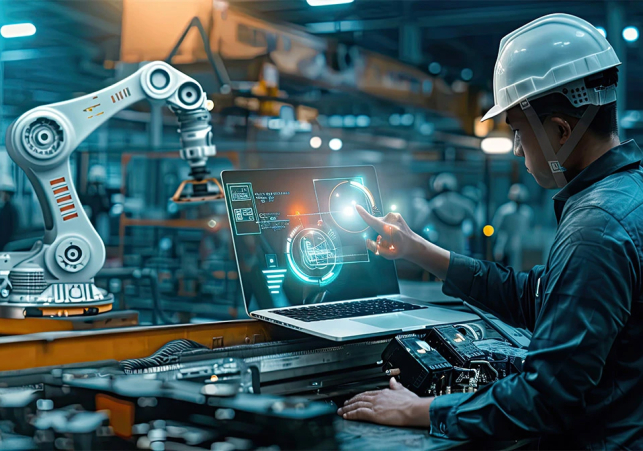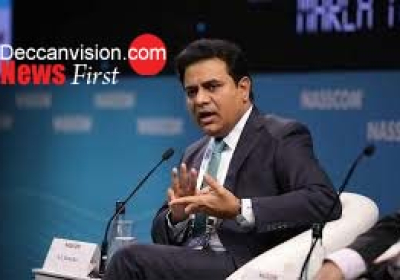How Advanced Manufacturing is Accelerating Automation in Mumbai’s Realty Sector

By Ashwin Karivaradaraj
Mumbai is a city that is constantly reinventing itself. Each decade brings a new wave of development—taller towers, more complex infrastructure, and integrated spaces designed to house millions in limited geography. But with this ambition comes a persistent challenge: how do we optimise land, accelerate timelines, and comply with evolving regulations while still creating livable, future-ready urban environments?
The answer lies in how automation and advanced manufacturing converge to serve the real estate ecosystem. In high-demand cities like Mumbai, automation is no longer a futuristic concept—it has become an operational necessity.
Automation as the New Urban Enabler:
Urban density is not a new problem for Mumbai. What has changed is the pace and scale of development. With high-rise towers, mixed-use complexes, and ambitious infrastructure corridors, the pressure on land use has never been greater. Parking, once considered a mere compliance requirement, has evolved into a strategic factor in project design.
Automated solutions—whether for parking, mobility, or building systems—are redefining how developers approach design and construction. They not only release valuable square footage but also improve efficiency, enhance user experience, and ensure smoother regulatory approvals. The real shift, however, lies in the way these solutions are being built and delivered.
The Mumbai Imperative: Speed, Space, and Compliance :
Real estate development in Mumbai operates within a unique set of constraints. Land is scarce and expensive, construction timelines are tight, and compliance frameworks are becoming increasingly stringent. Developers face three non-negotiables:
* Speed: Projects must move from design to delivery faster to remain competitive.
* Space optimisation: Every square metre matters, especially in high-rise and mixed-use developments.
* Compliance assurance: Automation must integrate seamlessly with fire safety, environmental, and zoning regulations.
Advanced manufacturing directly addresses these imperatives. With in-house R&D and digitised production processes, automation solutions can be pre-engineered for compliance, tested for scalability, and delivered on time. This de-risks projects and ensures that urban growth does not come at the cost of liveability or safety.
From Vendors to Strategic Partners :
The role of automation providers is changing. In the past, they were seen as vendors delivering hardware. Today, they are strategic partners in project planning. Conversations with developers and architects are shifting from “Do you have a system for this project?” to “How can automation help us rethink our design and timelines?”
This shift is significant. It underscores the fact that automation is not just about solving logistical challenges like parking—it is about enabling urban design itself. It is about helping cities grow vertically and sustainably, without sacrificing efficiency or aesthetics.
The Bigger Picture: Building Future-Ready Cities :
The rapid urbanisation of India, and Mumbai in particular, calls for smarter integration of technology in every aspect of development. Automation, supported by advanced manufacturing, has the potential to do more than just accelerate project delivery. It can:
* Enable sustainable growth by reducing land wastage and optimising vertical space.
* Improve urban liveability by freeing up space for green areas, amenities, and community infrastructure.
* Enhance safety and compliance through precision-engineered systems that meet global benchmarks.
In other words, automation is not a “nice-to-have” for Mumbai’s real estate—it is foundational to its next phase of growth.
Looking Ahead :
As India’s financial capital continues to expand, the real estate industry will be judged not only by how many square feet it delivers but by how intelligently it uses them. Advanced manufacturing ensures that automation solutions can keep pace with this ambition, delivering systems that are fast, reliable, and customised for urban realities.
The future of Mumbai’s real estate lies in its ability to balance ambition with efficiency. By aligning advanced manufacturing with automation, we can accelerate construction, optimise land use, and build cities that are not just taller, but smarter and more sustainable.
For developers, architects, and city planners, the opportunity is clear: automation is no longer peripheral—it is central to the blueprint of tomorrow’s Mumbai.

Ashwin Karivaradaraj








